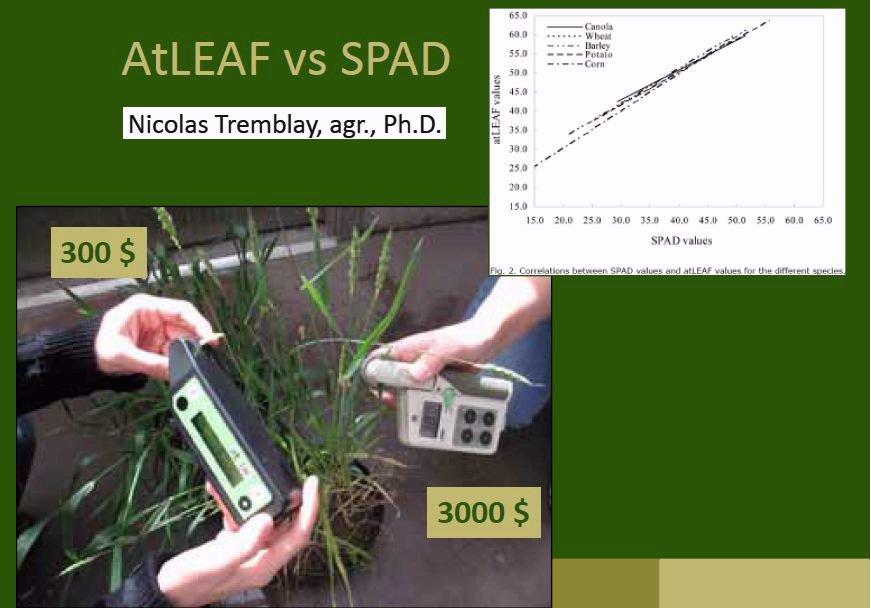Jonesing for an update
Ok, PF - here you go!
I swapped out all but two of the 660nm leds for cool white, and rearranged the circuitry so that each end functions independently rather than trying to keep each circuit evenly distributed over the full length of the fixture. Each driver now has (3) cool whites & (1) red led, total wattage at the plug is @ 104 watts.
It seems to be working well. These plants were transplanted from beer cups into 3 gallon smart pots 18 days ago. I started trying to LST them last night, finally said the hell with it and slipped the screen in (It is roughly 30" x 30"). I generally like to LST for a while before using the screen in order to keep better access, but it was turning out to be more work than I wanted for what looks like a very short transition period! I'm surprised at how well the coverage seems to be working over the whole area from a pretty narrow origin. Maybe one more.......

And here is 28 days of veg time under it -
Thanks for the kind words, Heady!
Last edited:




